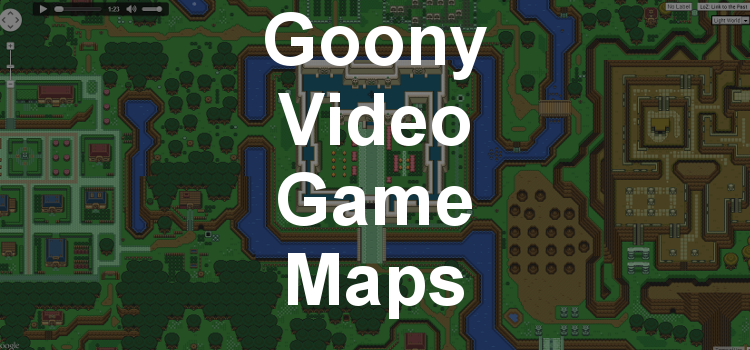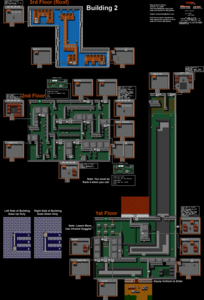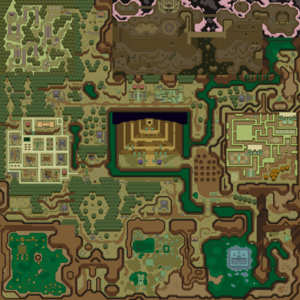
GVG Maps hosts an amazing collection of classic video game maps. There are many sites like it, but this one is mine. Uh, what I actually mean to say is what's special about GVG Maps is that we show the maps through a customized Google Maps which is pretty cool. It's a much nicer experience than a simple embedded image since you can zoom in and out as well as pan around the screen.
Random Maps
Part of what inspired me to create this site is my love for classic video games. I loved playing them when they were new and still playing them now. Except now we get the added old school nostalgia. I also really enjoyed checking out large fantasy maps as a kid and imagining all the amazing places that could be out there.
The other reason I created this site was to help me become a better programmer. I've been coding for a while now, but I've only have very limited experience with Google Maps. I wanted to put together a fun little demo program to giving me a better understanding of the Google Maps API. I decided I wanted to take an image of a map and turn it into a Google Map. I first started by taking a look at what else was out there for creating custom Google Maps. I found a few neat things out there like GMap Image Cutter.
GMap Image Cutter is cool, but it requires you to make a lot of tile like images Google Maps uses based on how far you want to zoom in. And by a lot I mean the summation of (2^n)^2 where n is 0 to the max zoom you want which means if you want to be able to zoom in 7 times you need to create like 21,000 images. So that large 1MB image you start with becomes like 160MB before your done. It's an OK solution, but not really practical if I have a couple hundred maps all taking 160MB.
So I came up with a better way of using the original image then on the fly, while on the client side, slicing up the image into the required Google Maps tiles as needed. I was worried it might be to slow and I'd have to bring in web workers, but it actually seems to work really fast even with just a single thread. I was really please with how it turned out, so I keep going and going and here we are today. I loved my solution so much I put it up on GitHub to share with everyone, so I hope someone finds it useful or at least interesting.
Featured Map

Directed by Takahi Tezuka and produced by Shigeru Miyamoto, The Legend of Zelda: A Link to the Past was a ground breaking title and always on the everyone's short-list for greatest games of all time. The environments for this game were not only incredibly immersive, but also incredibly diverse ranging for dank, dark, dungeons to soaring mountain tops. One of the game's main overworlds, Light World, definitely is filled with nostalgic memories.


